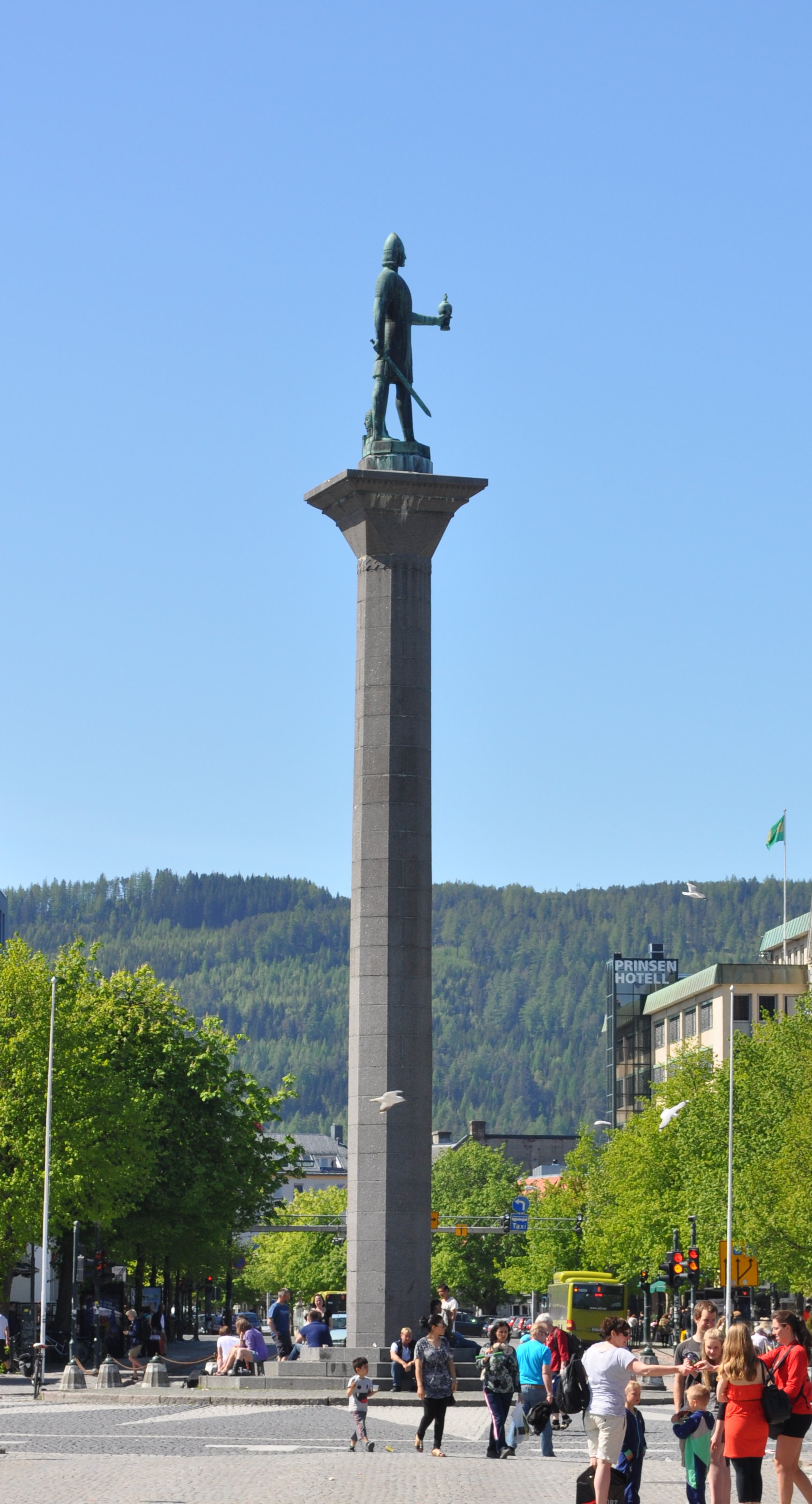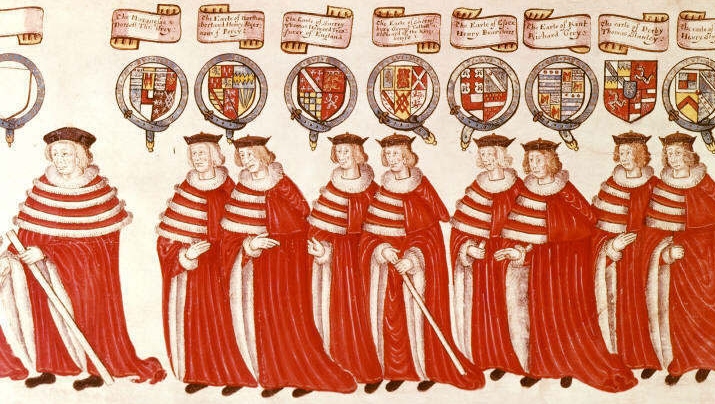|
Ingeborg Tryggvasdotter
Ingeborg Tryggvasdotter was the daughter of Tryggve Olafsson (died 963), the great-granddaughter of Harald Fairhair, and the sister of Olaf I of Norway Olaf Tryggvason (960s – 9 September 1000) was King of Norway from 995 to 1000. He was the son of Tryggvi Olafsson, king of Viken (Vingulmark, and Rånrike), and, according to later sagas, the great-grandson of Harald Fairhair, first King of N .... She married the Swedish earl Ragnvald Ulfsson, first the earl of Västergötland and later of Staraja Ladoga. They had two sons, Uleb Ragnvaldsson and Eilif, who became earls in Kievan Rus'. References Date of birth unknown Date of death unknown 10th-century Norwegian women 10th-century Swedish women {{Europe-noble-stub ... [...More Info...] [...Related Items...] OR: [Wikipedia] [Google] [Baidu] |
Tryggve Olafsson
Tryggve Olafsson (Old Norse: ''Tryggvi Óláfsson'', Norwegian: ''Tryggve Olavsson'') (born 928 in Ringerike, died 963 in Sotnes, Bohuslän, Västra Götaland, Sweden) was king of Viken, Norway ( Vingulmark and Rånrike). Biography Tryggve Olafsson was the son of Olaf Haraldsson, king of Vestfold and Vingulmark, and grandson of King Harald Fairhair. According to the ''Heimskringla'', Tryggve performed Viking expeditions in Ireland and Scotland. In 946 King Haakon I of Norway went north, and set Tryggve to defend Viken against his enemies in the south. He also gave him all that he could reconquer of land in the area which the summer before, King Haakon had subjected to payment of taxes. Historically the Danish kings had dominion over the area. King Haakon was mortally wounded at the Battle of Fitjar in an engagement with Eirik’s sons. After Haakon's death, Harald Greycloak, third son of Eirik Bloodaxe, jointly with his brothers became kings of Norway. Tryggve was subse ... [...More Info...] [...Related Items...] OR: [Wikipedia] [Google] [Baidu] |
Harald Fairhair
Harald Fairhair no, Harald hårfagreModern Icelandic: ( – ) was a Norwegian king. According to traditions current in Norway and Iceland in the eleventh and twelfth centuries, he reigned from 872 to 930 and was the first King of Norway. Supposedly, two of his sons, Eric Bloodaxe and Haakon the Good, succeeded Harald to become kings after his death. Much of Harald's biography is uncertain. A couple of praise poems by his court poet Þorbjörn Hornklofi survive in fragments, but the extant accounts of his life come from sagas set down in writing around three centuries after his lifetime. His life is described in several of the Kings' sagas, none of them older than the twelfth century. Their accounts of Harald and his life differ on many points, but it is clear that in the twelfth and thirteenth centuries Harald was regarded as having unified Norway into one kingdom. Since the nineteenth century, when Norway was in a personal union with Sweden, Harald has become ... [...More Info...] [...Related Items...] OR: [Wikipedia] [Google] [Baidu] |
Olaf I Of Norway
Olaf Tryggvason (960s – 9 September 1000) was King of Norway from 995 to 1000. He was the son of Tryggvi Olafsson, king of Viken ( Vingulmark, and Rånrike), and, according to later sagas, the great-grandson of Harald Fairhair, first King of Norway. He is numbered as Olaf I. Olaf is seen as an important factor in the conversion of the Norse to Christianity. He is said to have built the first Christian church in Norway, in 995, and to have founded the city of Trondheim in 997. A statue of Olaf Tryggvason is located in the city's central plaza. Historical information on Olaf is sparse. He is mentioned in some contemporary English sources, and some skaldic poems. The oldest narrative source mentioning him briefly is Adam of Bremen's ''Gesta Hammaburgensis ecclesiae pontificum'' of ''circa'' 1070. In the 1190s, two Latin versions of ''"Óláfs saga Tryggvasonar"'' were written in Iceland, by Oddr Snorrason and by Gunnlaugr Leifsson – these are now lost, but are thought to fo ... [...More Info...] [...Related Items...] OR: [Wikipedia] [Google] [Baidu] |
Ragnvald Ulfsson
Ragnvald Ulfsson the Old (beginning 11th century) was a jarl of Västergötland or Östergötland and was married to a sister of King Olav Tryggvason.Winroth 1995–1997:616 Biography According to Snorri, Ragnvald was the son of jarl Ulf Tostesson. He was also the foster-son of Þorgnýr the Lawspeaker. Through his aunt Sigrid the Haughty, he was the cousin of Swedish King Olof Skötkonung. He was married to Ingeborg Tryggvasdotter, daughter of Tryggve Olavsson, son of Olaf Haraldsson Geirstadalf and grandson of King Harald Fairhair. When Olaf Haraldsson became king of Norway in 1015, a war erupted with Sweden and Norwegians forces had pillaged in Västergötland. But then Norwegian King Olaf proposed to the Swedish princess Ingigerd Olofsdotter, the daughter of Sweden's King Olof Skötkonung. This would result in peace and a royal alliance which would favor Ragnvald who was related to both parties. However, at the Thing at Gamla Uppsala, Ragnvald and his foster ... [...More Info...] [...Related Items...] OR: [Wikipedia] [Google] [Baidu] |
Earl
Earl () is a rank of the nobility in the United Kingdom. The title originates in the Old English word ''eorl'', meaning "a man of noble birth or rank". The word is cognate with the Scandinavian form '' jarl'', and meant " chieftain", particularly a chieftain set to rule a territory in a king's stead. After the Norman Conquest, it became the equivalent of the continental count (in England in the earlier period, it was more akin to a duke; in Scotland, it assimilated the concept of mormaer). Alternative names for the rank equivalent to "earl" or "count" in the nobility structure are used in other countries, such as the ''hakushaku'' (伯爵) of the post-restoration Japanese Imperial era. In modern Britain, an earl is a member of the peerage, ranking below a marquess and above a viscount. A feminine form of ''earl'' never developed; instead, ''countess'' is used. Etymology The term ''earl'' has been compared to the name of the Heruli, and to runic ''erilaz''. Proto-Nor ... [...More Info...] [...Related Items...] OR: [Wikipedia] [Google] [Baidu] |
Västergötland
Västergötland (), also known as West Gothland or the Latinized version Westrogothia in older literature, is one of the 25 traditional non-administrative provinces of Sweden (''landskap'' in Swedish), situated in the southwest of Sweden. Västergötland is home to Gothenburg, the second largest city in Sweden, which is situated along a short stretch of the Kattegat strait. The province is bordered by Bohuslän, Dalsland, Värmland, Närke, Östergötland, Småland and Halland, as well as the two largest Swedish lakes Vänern and Vättern. Victoria, Crown Princess of Sweden is Duchess of Västergötland. Administration The provinces of Sweden serve no administrative function. Instead, that function is served by counties of Sweden. From the 17th century up until 31 December 1997, Västergötland was divided into Skaraborg County, Älvsborg County and a minor part of Gothenburg and Bohus County. From 1 January 1998 nearly all of the province is in the newly created ... [...More Info...] [...Related Items...] OR: [Wikipedia] [Google] [Baidu] |
Staraja Ladoga
Staraya Ladoga (russian: Ста́рая Ла́дога, p=ˈstarəjə ˈladəɡə, lit=Old Ladoga), known as Ladoga until 1704, is a rural locality (a '' selo'') in Volkhovsky District of Leningrad Oblast, Russia, located on the Volkhov River near Lake Ladoga, north of the town of Volkhov, the administrative center of the district. It used to be a prosperous trading outpost in the 8th and 9th centuries. It was dominated by Varangians who became known as the Rus'. For that reason, it is sometimes called the first capital of Russia. History Origin Dendrochronology suggests that Ladoga was founded in 753. Until 950, it was one of the most important trading ports of Eastern Europe. Merchant vessels sailed from the Baltic Sea through Ladoga to Novgorod and then to Constantinople or the Caspian Sea. This route is known as the trade route from the Varangians to the Greeks. An alternative way led down the Volga River along the Volga trade route to the Khazar capital of Atil, and t ... [...More Info...] [...Related Items...] OR: [Wikipedia] [Google] [Baidu] |
Uleb Ragnvaldsson
Uleb Ragnvaldsson was a military leader of Novgorod Republic in conquering of Yugra in 1032. His father was the jarl of (Aldeigjuborg) and his mother was the daughter of |
Kievan Rus'
Kievan Rusʹ, also known as Kyivan Rusʹ ( orv, , Rusĭ, or , , ; Old Norse: ''Garðaríki''), was a state in Eastern and Northern Europe from the late 9th to the mid-13th century.John Channon & Robert Hudson, ''Penguin Historical Atlas of Russia'' (Penguin, 1995), p.14–16.Kievan Rus Encyclopædia Britannica Online. Encompassing a variety of polities and peoples, including East Slavic, , and Finnic, it was ruled by the Rurik dynasty< ... [...More Info...] [...Related Items...] OR: [Wikipedia] [Google] [Baidu] |
Date Of Birth Unknown
Date or dates may refer to: * Date (fruit), the fruit of the date palm (''Phoenix dactylifera'') Social activity * Dating, a form of courtship involving social activity, with the aim of assessing a potential partner ** Group dating *Play date, an appointment for children to get together for a few hours *Meeting, when two or more people come together Chronology * Calendar date, a day on a calendar ** Old Style and New Style dates, from before and after the change from the Julian calendar to the Gregorian calendar ** ISO 8601, an international standard covering date formats * Date (metadata), a representation term to specify a calendar date **DATE command, a system time command for displaying the current date * Chronological dating, attributing to an object or event a date in the past ** Radiometric dating, dating materials such as rocks in which trace radioactive impurities were incorporated when they were formed Arts, entertainment and media Music * Date (band), a Swedi ... [...More Info...] [...Related Items...] OR: [Wikipedia] [Google] [Baidu] |
10th-century Norwegian Women
1 (one, unit, unity) is a number representing a single or the only entity. 1 is also a numerical digit and represents a single unit of counting or measurement. For example, a line segment of ''unit length'' is a line segment of length 1. In conventions of sign where zero is considered neither positive nor negative, 1 is the first and smallest positive integer. It is also sometimes considered the first of the infinite sequence of natural numbers, followed by 2, although by other definitions 1 is the second natural number, following 0. The fundamental mathematical property of 1 is to be a multiplicative identity, meaning that any number multiplied by 1 equals the same number. Most if not all properties of 1 can be deduced from this. In advanced mathematics, a multiplicative identity is often denoted 1, even if it is not a number. 1 is by convention not considered a prime number; this was not universally accepted until the mid-20th century. Additionally, 1 ... [...More Info...] [...Related Items...] OR: [Wikipedia] [Google] [Baidu] |






